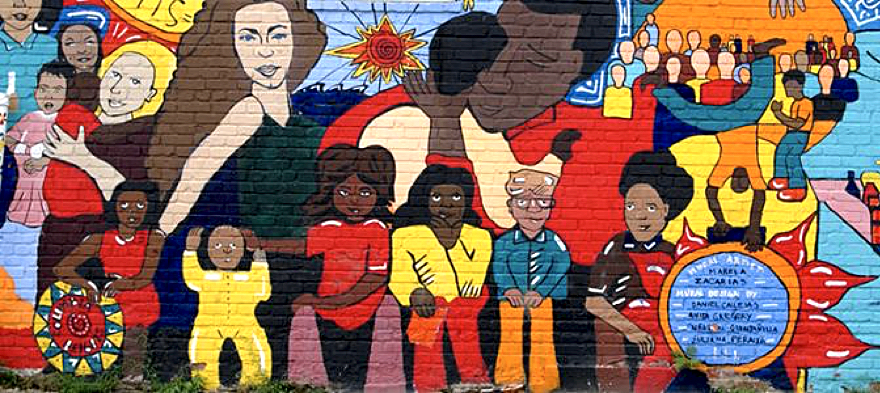
Oct 12, 2020 12:00:00 AM
There are close to 50 million Hispanic people in the United States. But like many minority groups in the United States, their history and heritage are often overlooked by traditional educational standards. That is where National Hispanic Heritage Month comes in. Like Black History Month, Hispanic Heritage Month was designed to combat the tendency to gloss over the history, accomplishments and contributions of the Hispanic community.
But how did it start?
Like other affinity months, Hispanic Heritage Month was originally a week. Congressmen George E. Brown, who represented East Los Angeles during the 1960s, saw the Civil Rights Movement play out in Hispanic neighborhoods firsthand. He was the first to introduce Hispanic Heritage Week in 1968. President Lyndon B. Johnson eventually issued the proclamation making the week official.
For twenty years the commemorative event remained a weeklong affair. It was not until 1989 that Hispanic Heritage week was extended from a week to a month.
Hispanic Heritage month runs 31 days starting from September 15. That date is symbolic because it is the date that many Latin American countries declared their independence from Spain. Additionally, Mexico declared its independence from Spain September 16.
[pullquote]Hispanic Heritage Month is a time to touch on contributions made by the Hispanic community. However, just like we say with Black History Month, it is important to note that it should not be the ONLY time you do so.[/pullquote]
With that being said, hispanicheritagemonth.gov has compiled a variety of resources for teachers so you can hit the topic extra hard during a time of the year when it is especially relevant.
Click here to find Hispanic Heritage Month resources to guide your class.
Andrew Pillow is a fifth grade social studies teacher at KIPP Indianapolis, a charter school where he has taught since 2011. He is also a former Teach Plus Policy Fellow and he has taught technology and social issues.
The story you tell yourself about your own math ability tends to become true. This isn’t some Oprah aphorism about attracting what you want from the universe. Well, I guess it kind of is, but...
If you have a child with disabilities, you’re not alone: According to the latest data, over 7 million American schoolchildren — 14% of all students ages 3-21 — are classified as eligible for special...
The fight for educational equity has never been just about schools. The real North Star for this work is providing opportunities for each child to thrive into adulthood. This means that our advocacy...
Your donations support the voices who challenge decision makers to provide the learning opportunities all children need to thrive.
Ed Post is the flagship website platform of brightbeam, a 501(c3) network of education activists and influencers demanding a better education and a brighter future for every child.
© 2020–2024 brightbeam. All rights reserved.
Leave a Comment